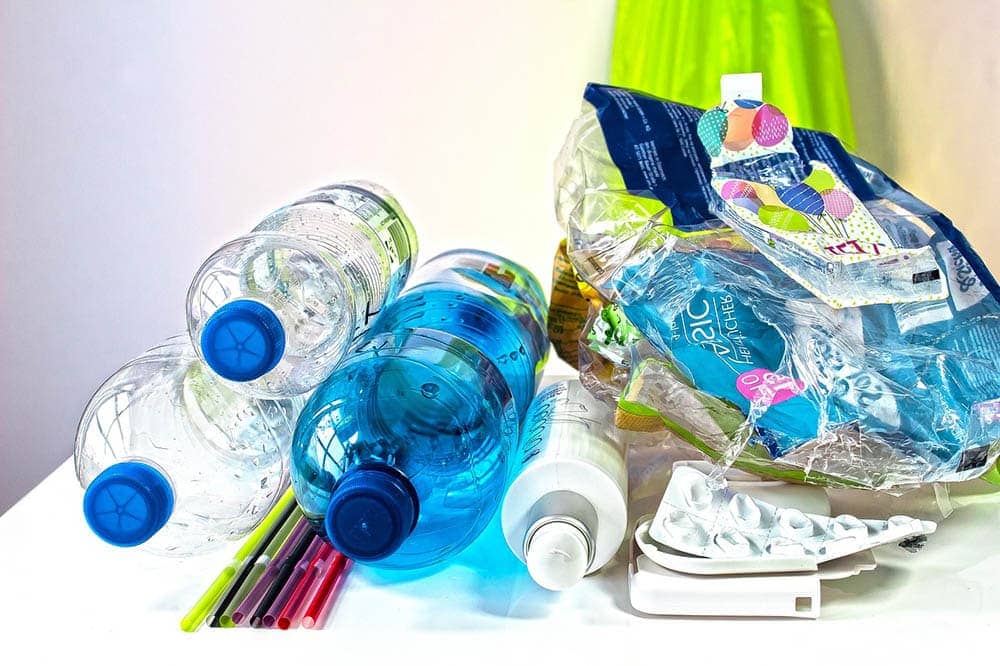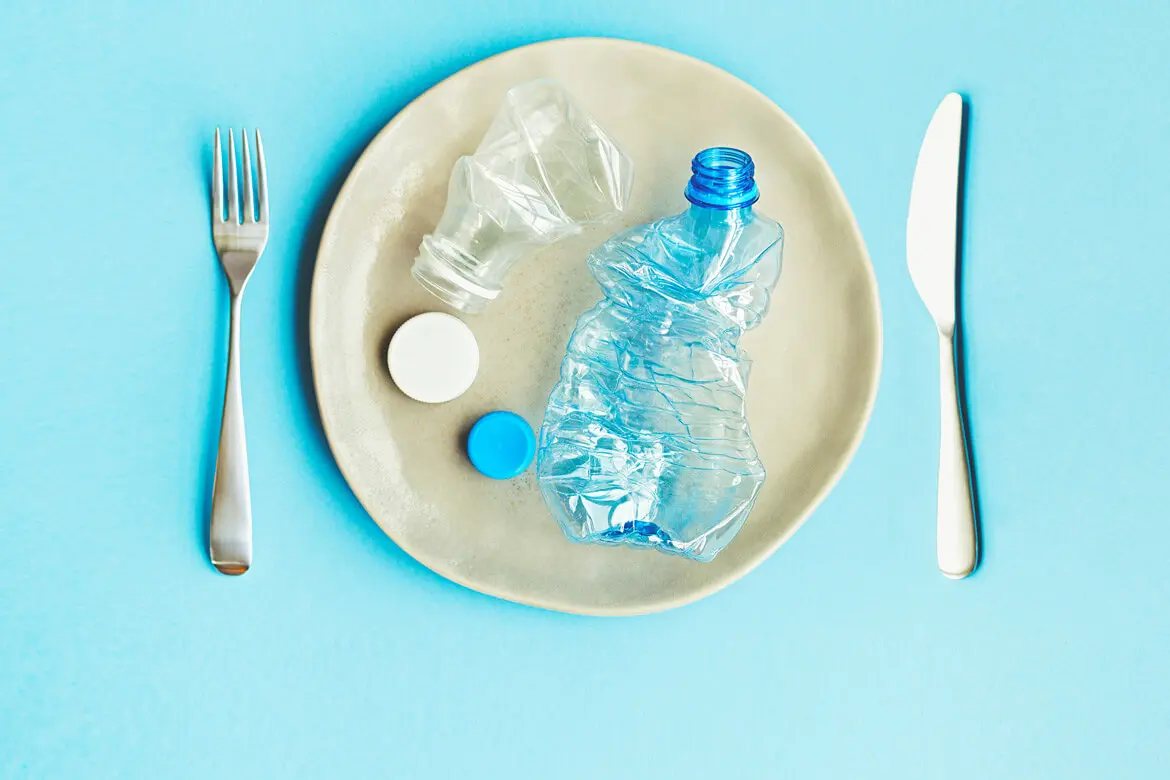Can Swallowing a Small Piece of Plastic Kill You? Real Risks and Consequences
Have you ever wondered, can swallowing a small piece of plastic truly be a life-threatening situation? It’s a question that might cross your mind when you accidentally ingest or your child swallows something plastic.
No, Swallowing a small piece of plastic can be worrying, but it usually isn’t life-threatening. Whether it’s harmful depends on factors like the size, your health, and how quickly get medical help.
While small pieces aren’t usually deadly, you’ll probably pass it out when you use the restroom if it did not hurt when it went down your throat. Also can lead to issues like choking, stomach problems, or infection if you don’t see a doctor quickly. Sometimes, bigger or sharper plastic objects can be more dangerous.
Now. you’ll look at the possible dangers and effects of consuming it in this article, even in tiny doses. To assist you in determining whether this is the reason for concern, we’ll give you information that is straightforward to grasp. Let’s get right to the point.
Risks Associated with Swallowing Plastic

Choking Hazard: It can pose an immediate choking risk, especially in children and elderly individuals. The plastic fragment may become lodged in the throat, blocking the airway, and causing breathing difficulties.
Gastrointestinal Complications: fragments can travel down the digestive tract and cause various gastrointestinal issues, including
- Obstruction: Larger or irregularly shaped pieces can obstruct the esophagus, stomach, or intestines, leading to abdominal pain, vomiting, and constipation.
- Perforation: Sharp or pointed objects can perforate the digestive tract, potentially causing severe internal injuries, infection, and peritonitis.
- Inflammation: The presence it in the digestive system can lead to inflammation, irritation, and damage to the gastrointestinal lining.
Toxic Chemical Exposure: Many plastics contain harmful chemicals, such as phthalates, bisphenol A (BPA), and polyvinyl chloride (PVC), which can leach into food and beverages. When it is ingested, these chemicals may enter the body and lead to adverse health effects, including endocrine disruption, developmental issues, and cancer.
Allergic Reactions: In some cases, individuals may have an allergic reaction to certain plastic materials or additives. If gulped down it may cause an allergic reaction, which in extreme circumstances may result in anaphylaxis.
Secondary Complications: Also, may also result in secondary complications such as acid reflux, malabsorption of nutrients, and disruption of the normal digestive process.
Mental and Emotional Distress: Finding it in food can be psychologically upsetting and anxiety-inducing, which may result in a fear of particular foods or a suspicion of food safety.
Microplastic Ingestion: They are tiny particles less than 5mm in size that are commonly found in the environment and may also end up in the food chain. Consuming food or water contaminated with them may result in their accumulation in the body. The long-term health effects of microplastic ingestion are still being studied, but there are concerns about potential harm.
Types of Plastic Ingestion
Accidental Ingestion:
- In some cases, microplastics can be inhaled and accidentally swallowed during breathing or coughing.
- Fragments can end up in food or beverages during production, packaging, or serving, leading consumers to unknowingly have it.
Intentional Ingestion:
- Some individuals, particularly children or individuals with certain eating disorders, may intentionally ingest non-food items, including plastic. This behavior can be associated with underlying psychological or developmental issues and is a serious concern.
Children and Plastic Ingestion:
- Infants and young children frequently use their mouths to investigate their surroundings. At this normal developmental stage, small toys, pieces, or even household things can be consumed.
Contaminated Water and Seafood:
- In areas with polluted water, people might unknowingly have it when they drink the water.
- In the ocean, sea creatures can eat its bits, and when we eat contaminated seafood, we might indirectly eat it.
- Patients in medical settings may inadvertently absorb it parts used during operations, such as intubation, or if components of medical equipment break.
Symptoms and Warning Signs
Choking and Breathing Difficulties:
- Coughing and gagging
- Wheezing or difficulty breathing
- Struggling to speak or cry (in children)
Pain and Discomfort:
- Throat pain or discomfort
- Abdominal pain or cramping
- Sharp or persistent pain at the point of obstruction or injury
Nausea and Vomiting:
- Feeling nauseous
- Repeated episodes of vomiting, which may or may not contain blood
Drooling and Excessive Salivation:
- In children, excessive drooling can be a sign of choking or obstruction in the esophagus.
Difficulty Swallowing:
- Dysphagia (difficulty swallowing) or pain when swallowing
- The sensation of something stuck in the throat
Gag Reflex and Regurgitation:
- Frequent gagging or retching
- Involuntary regurgitation of food or fluids
Gastrointestinal Symptoms:
- Diarrhea or constipation
- Blood in the stool
- Bloating and abdominal distension
Fever and Signs of Infection:
- Fever, indicating a possible infection if the plastic has caused injury or perforation of the digestive tract
- Signs of infection such as increased heart rate, weakness, or lethargy
Chest Pain:
- Chest pain may occur if it has become lodged in the esophagus.
Irritation and Discomfort in the Mouth or Throat:
- Scratching or discomfort in the mouth, throat, or tonsils, particularly if it fragment is small and remains in the upper airway.
Change in Bowel Habits:
- Alterations in bowel habits, such as prolonged constipation or diarrhea, may indicate a blockage or irritation in the digestive tract.
Signs of Allergic Reaction:
- Hives, skin rash, or itching may occur if the individual is allergic to the plastic material or additives.
Unexplained Weight Loss:
- Chronic exposure to plastic may lead to malabsorption of nutrients and unexplained weight loss over time.
Factors Influencing the Severity of Plastic Ingestion
Size and Shape:
- Bigger objects can lead to choking and blockages.
- Sharp-edged plastics can cause severe damage if they cut the digestive tract lining.
Type of Plastic:
- Some contain harmful substances, which can lead to poisoning.
- More durable ones may stay in the body longer, causing more harm.
Age and Health:
- Kids and infants are at higher risk due to their small airways and weaker immune systems.
- Existing health issues make people more vulnerable to complications.
Speed of Medical Help:
- Quick medical attention can prevent serious complications, like blockages or infections.
Location of Ingestion:
- Where it gets stuck affects the risk; throat blockages are riskier than in the gut.
Psychological Factors:
- When people intentionally swallow plastic, it may be related to psychological problems that need addressing.
Type of Plastic Ingested:
- Microplastics are tiny and common, but their long-term health effects are still being studied.
Existing Conditions and Allergies:
- Allergies or sensitivities can lead to more severe reactions.
Duration of Exposure:
- Continuous exposure to plastics over time can worsen long-term health effects.
Treatment Options

Watchful Waiting:
In situations where an individual unintentionally swallows a small, non-sharp object and shows no immediate discomfort or symptoms, healthcare professionals may opt for a vigilant monitoring approach. During this period, it may naturally traverse the digestive system without the need for medical intervention.
Endoscopic Removal:
Whenit becomes lodged in the esophagus or upper digestive tract and it can be safely accessed, medical experts may perform an endoscopy—a minimally invasive procedure that employs a flexible tube equipped with a camera to visualize and extract the item.
Surgical Intervention:
Surgery becomes imperative in cases where the plastic object proves inaccessible via endoscopy or complications arise, such as perforation, severe blockage, or internal injuries. Surgical intervention entails making an incision to reach and remove it.
Medications:
To address specific symptoms or complications, healthcare providers might prescribe medications. Pain relievers can alleviate discomfort, while antibiotics can be administered to combat infections should they manifest.
Supportive Care:
If its ingestion leads to complications, such as gastrointestinal blockage, individuals may receive supportive care. This encompasses the administration of intravenous (IV) fluids to maintain hydration, nutritional support, and close monitoring of vital signs and symptoms.
Treatment of Allergic Reactions:
In the event of an allergic reaction to the plastic material or additives, medical professionals may administer antihistamines, corticosteroids, or epinephrine in severe cases to counteract the allergic response.
Preventing Plastic Ingestion
- Inspect food and drinks for foreign objects before consuming them.
- Use strainers when draining or rinsing food to prevent small pieces from going down the drain.
- Keep small objects and toys out of reach of young children.
- Childproof cabinets to prevent access to items that can be ingested.
- Supervise children closely during meals and playtime.
- Store materials out of reach of children and pets.
- Organize plastic toys and containers to reduce the risk of accidental ingestion.
- Educate children about the dangers of swallowing non-food items.
- Support efforts to reduce pollution and recycle responsibly.
- Dispose of plastic waste securely.
- Wear appropriate protective gear when working with plastic materials.
- Inspect household items to ensure they are in good condition.
- Seek psychological support if there is a history of intentional ingestion.
- Be vigilant about known allergies or sensitivities.
FAQs
How long does it take to pass a piece of plastic that was accidentally swallowed?
The time it takes for a swallowed piece of plastic to pass through your system varies. Small, smooth pieces may pass in a few days, while larger or irregularly shaped objects may require medical intervention.
Can you survive after eating plastic?
Yes, survival is possible after accidentally swallowing plastic. However, the outcome depends on factors like the size and type of plastic, individual health, and prompt medical attention if complications arise.
What to do if a piece of plastic is stuck in your throat?
If you feel a plastic object is stuck in your throat and you’re having difficulty swallowing or breathing, seek immediate medical help. Do not attempt to dislodge it yourself.
What happens if you swallow a bottle cap?
Swallowing a bottle cap can lead to choking or digestive issues. The outcome depends on the cap’s size and shape. Seek medical assistance if you experience discomfort or symptoms.
Is plastic toxic to digest?
Yes, Some plastics contain toxic chemicals or additives, and ingesting them can potentially lead to systemic toxicity. It’s essential to seek medical evaluation if you swallow plastic.
Will stomach acid dissolve a plastic fork?
No, Stomach acid may not dissolve a plastic fork. Depending on the plastic type, it might break down into smaller pieces, but it’s still crucial to seek medical evaluation if you ingest one.
How much plastic is in my body?
The presence of plastic in your body varies based on exposure and ingestion. Microplastics, tiny particles, are increasingly found in the environment, but their health impact is still under study.
Is plastic poisonous to humans?
Yes, Plastic itself may not be inherently poisonous, but certain plastic materials may contain harmful substances. Ingesting plastics with toxic components can be harmful, leading to potential health issues.
How do you detox your body from plastic?
Detoxifying the body from plastic is a complex process and should be overseen by healthcare professionals. It may involve treatments to mitigate potential health risks from plastic exposure.
Final Words
To wrap up, while swallowing small bits of plastic isn’t usually life-threatening, it can cause health issues depending on factors like the plastic’s size and your health. Complications such as choking and infections are possible, so quick medical help is essential.
Furthermore, to lower risks, practice safe food handling, childproofing, and environmental responsibility. Although plastic ingestion rarely leads to death, it highlights the importance of prevention and prompt medical care in case of accidents.







